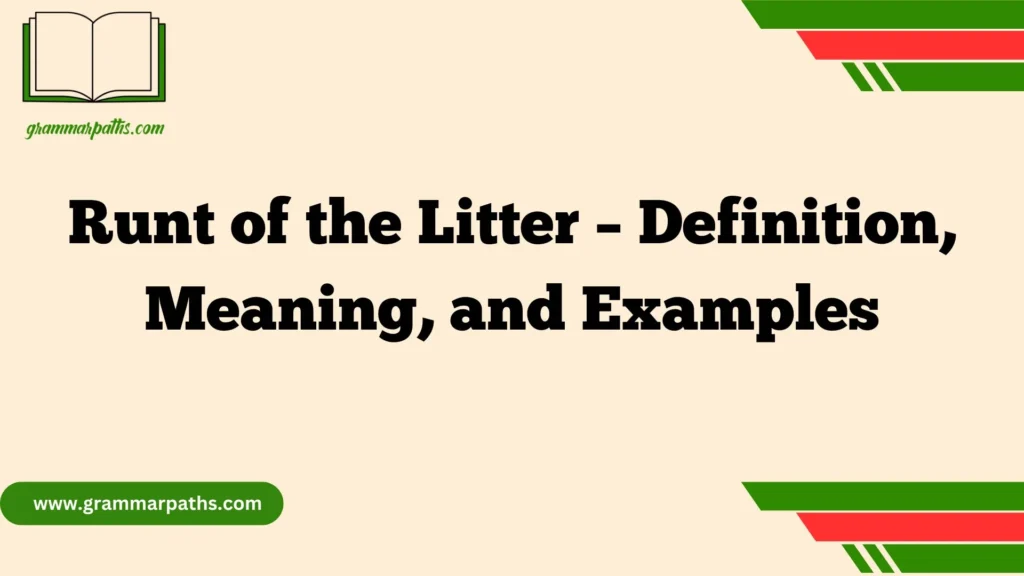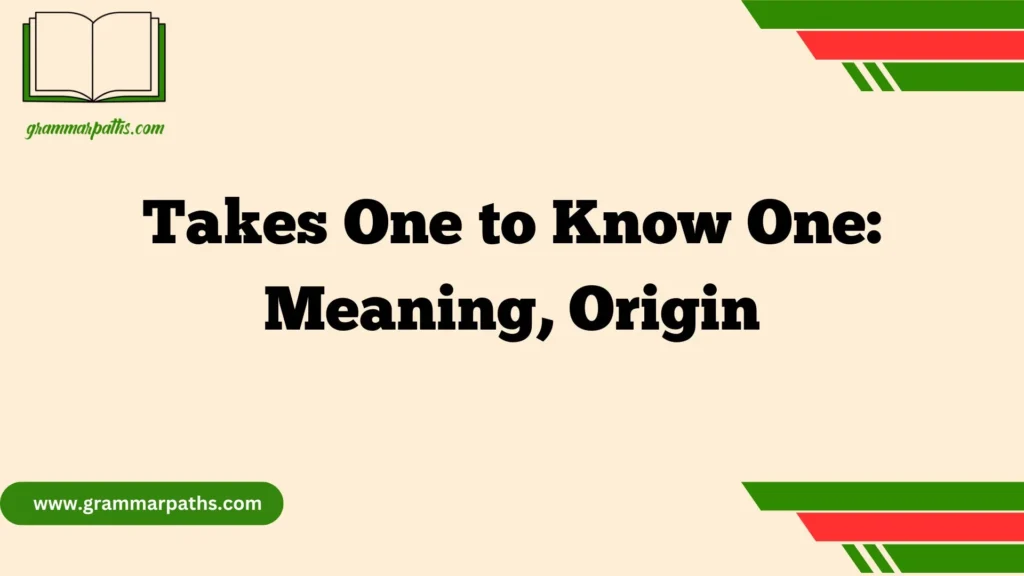Often labeled early due to their smaller size, the runt of the litter is sometimes unfairly viewed through a lens of weakness. However, science and experience tell a different story. These little ones may face early developmental delays—from limited nutrients in the womb to slower milestone achievement—but they also display some of the strongest resilience. With the right care, runts can not only catch up but often outshine their siblings.
One kitten I fostered was so fragile she could barely stand. But through timed feedings, gentle handling, and a steady routine, she flourished. Her journey proved what I’ve always believed: when given the chance, even the smallest life can show immense strength. This platform is here to help you understand, support, and nurture these animals—because every life, no matter how small, deserves a fighting chance.
What Does “Runt of the Litter” Mean?
Literal Meaning
In its original and literal form, “runt of the litter” refers to the smallest, weakest, or least developed baby animal born in a group of siblings (called a litter). This phrase is commonly used with animals that give birth to multiple babies at once, such as:
- Dogs (puppies)
- Cats (kittens)
- Pigs (piglets)
- Rabbits (bunnies)
- Other mammals like foxes, wolves, or rodents
The runt usually has a hard time keeping up with its bigger siblings. It may have trouble finding enough food from the mother and may need extra care to survive.
Figurative Meaning
In everyday language, people use “runt of the litter” to describe a person who seems:
- Smaller in size
- Weaker than others
- Less confident or less capable
- Overlooked or underestimated
Despite this, the phrase often carries an underdog tone, meaning the runt might surprise everyone by turning out to be strong, talented, or successful.
Origins of the Term “Runt”
The word “runt” is believed to have originated in the 15th century. It originally referred to a small or stunted animal. Over time, it evolved into a term used to describe:
- Small animals
- Undersized people
- Weak or underdeveloped members of a group
The word “litter” refers to a group of animals born to the same mother at the same time. So, combining the two gives us “runt of the litter.”
Characteristics of a Runt (Literal)
Here are the typical physical and health-related traits that describe a runt in a literal litter of animals:
Trait Description Size Smallest in the group Weight Lighter than littermates Feeding struggles Trouble nursing or competing for milk Lower energy May appear weak or lethargic Higher risk More prone to sickness and slower development Extra care needed May need hand-feeding or veterinary support
Why Are There Runts in a Litter?
There are several biological and environmental reasons why one animal in a litter might be born smaller or weaker than the others:
- Limited resources in the womb Not all embryos get equal nutrition or blood supply during pregnancy.
- Position in the uterus Some babies may be positioned in a spot where they receive fewer nutrients.
- Genetics Some runts may have inherited weaker genes or health conditions.
- Birth order Sometimes, the last baby born is smaller or weaker because it stayed in the womb longer or had less access to nutrition.
Can Runts Survive and Thrive?
Yes, absolutely!
Although being born a runt can come with challenges, many runts go on to live full, healthy lives—especially when given extra care. In fact, some runts grow up to be stronger or more emotionally resilient than their siblings.
How to Help a Runt (Animals)
- Provide bottle feeding if the mother rejects it.
- Keep it warm, as runts often struggle with body heat regulation.
- Make sure it gets enough nutrition.
- Visit a veterinarian to check for health issues.
Famous Fictional Example: Wilbur from Charlotte’s Web
In the classic children’s book Charlotte’s Web by E.B. White, the main character Wilbur is a piglet and the runt of the litter. At first, the farmer wants to get rid of him because he’s “too small.” But a little girl named Fern saves him.
Despite being small and weak, Wilbur becomes a lovable, kind, and brave pig who eventually earns his place in the world—with a little help from his spider friend, Charlotte.
This story beautifully illustrates how a runt can become a hero.
“Runt of the Litter” as a Metaphor
When used metaphorically, calling someone the “runt of the litter” means they are:
- Different from the rest of the group
- Not expected to succeed
- Overlooked or ignored
- Smaller or weaker in appearance or confidence
But here’s the twist—many of these so-called “runts” grow up to prove everyone wrong. That’s why the phrase is often used with an inspirational or motivational twist.
Examples in Sentences
Let’s take a look at how the phrase can be used in both literal and metaphorical ways:
Literal Use
- “Out of the eight puppies, the small black one was clearly the runt of the litter.”
- “We had to bottle-feed the runt every few hours to help him gain weight.”
Metaphorical Use
- “In school, I was always the runt of the litter—quiet, awkward, and shy. But look at me now, running my own company!”
- “He may be the runt of the litter on the basketball team, but he’s the fastest one out there.”
Famous People Who Were Considered ‘Runts’
Many successful people started off being underestimated due to their size, health, or abilities. Here are a few notable examples:
Name Why Considered a Runt Outcome Napoleon Bonaparte Short stature Became Emperor of France Kevin Hart Small in height Global comedian and actor Lionel Messi Growth hormone deficiency One of the greatest soccer players of all time Oprah Winfrey Poor, overlooked girl in rural Mississippi Billionaire media mogul
Psychological Perspective: The “Runt” as a Fighter
Psychologists often point out that people who are considered “runt-like” in childhood may develop certain survival traits:
- High motivation
- Resilience
- Empathy
- Determination to succeed
These individuals often grow into leaders, innovators, or creative thinkers, precisely because they had to fight harder to prove themselves.
How Society Views Runts Today
In the past, being called a “runt” might have been seen as an insult. Today, though, the term often carries a sense of endearment or inspiration. Whether it’s in books, movies, or sports, we love a good underdog story.
Runts represent:
- The unexpected winner
- The humble beginnings
- The strength of spirit
- The value of compassion and support
Takeaways: Lessons from the Runt of the Litter
Lesson Meaning Don’t judge by size Being small doesn’t mean being weak Everyone deserves a chance With love and care, even the runt can thrive Underdogs can surprise you Never underestimate someone based on first impressions Challenges build strength Struggles can lead to personal growth and resilience
Conclusion
The phrase “runt of the litter” may sound simple, but it carries a lot of depth—both in the animal world and in human experiences. Whether you’re talking about a tiny puppy or someone who always felt like the outsider, the message is clear: being a runt doesn’t mean you’re doomed to fail.
In fact, many runts go on to achieve great things—because they had to work harder, believe more, and never give up. So the next time you hear someone called the runt of the litter, remember: that might just be the beginning of a great success story.












